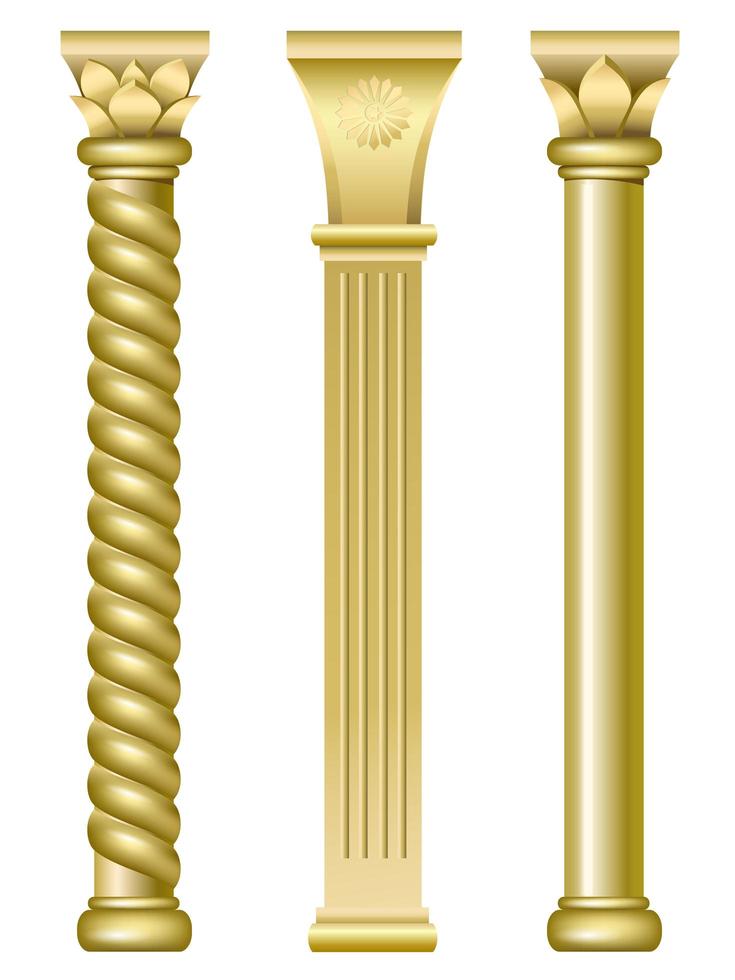
The word ' post' is interchangeable with the word column, although is is typically used in relation to smaller structural members that may in some cases be independent, rather than part of a wider structure.Ī knotted column is a stone support that is carved in the shape of two or four columns joined by a knot. In general, it is an upright support for a structure or superstructure, but it can also refer to the sections of load-bearing structural walls between openings and different types of column. The term ‘ pier’ can be used interchangeably for several different building elements. The pioneer of modern pilotis was the architect Le Corbusier, who used them both functionally as ground- level supporting columns, and philosophically as a tool for freeing the rigidity of traditional plan layouts, enabling efficient, buildings as 'machines for living'. They may also be used in hurricane or flood-prone areas, to raise the structure above storm surge levels. In timber form, they were traditionally used in the vernacular architecture of Asia and Scandinavia, or wherever indigenous peoples lived at a water’s edge. Pilotis are supports that lift a building above the ground or a body of water. Stone columns (or vibro stone columns) are formed by granular aggregate that is inserted into column shaped excavations and then compacted to improve the load bearing capacity of soil and fill material. The spacing of the ties is limited in that they must be close enough to prevent failure between them, and far enough apart that they do not interfere with the setting of the concrete. Tied columns have closed lateral ties spaced approximately uniformly across the column.This spiral provides support in the transverse direction. Spiral columns are cylindrical with a continuous helical bar wrapped around the column.

The design of reinforcement can be either spiral or tied. Reinforced concrete columns have an embedded steel mesh (known as rebar) to provide reinforcement. See Elements of classical columns for more information. In profile, they can be tapered, non-tapered, or 'barrel' shaped, their surface can be plain, fluted, twisted, panelled, and so on.Ĭolumns may be of a simple uniform design, or they may consist of a central 'shaft' sitting on a column base, and topped by a ' capital'. Young's modulus and yield strength).Ĭolumns can be classified according to their cross sectional shape. its slenderness ratio) and its material properties (i.e. Intermediate: In between the long and short columns, and its behaviour is dominated by the strength limit of the material.Ĭlassification will depend on the column's geometry (i.e.Mechanical failure would typically occur due to shearing.



 0 kommentar(er)
0 kommentar(er)
